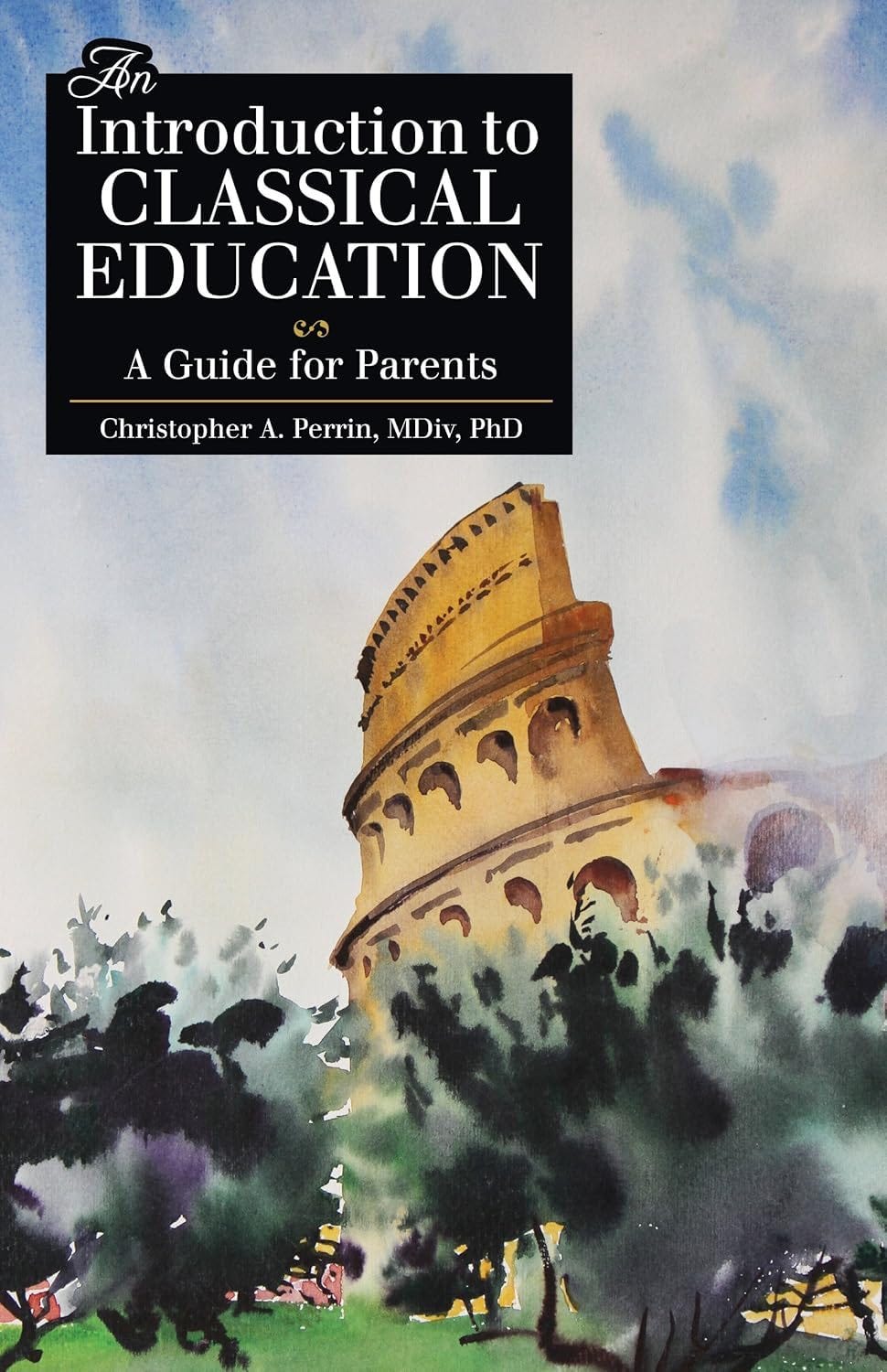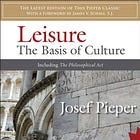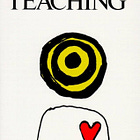As an Amazon Associate I earn from qualifying purchases
Perrin, Christopher. An Introduction to Classical Education: A Guide for Parents. Classical Academic Press, 2004.
When my husband attended medical school, I remember being told that the first two years are about learning the language of medicine, while the next two years are about putting into practice this newly acquired language. Well over a decade later, this truth bears out: I can only vaguely understand what my husband is talking about on a work call.
In a similar fashion, classical education has its own language. Unfamiliar words and phrases such as rigor, trivium, quadrivium, rhetoric, grammar stage, virtue, paideia, and poll-parrot abound. Rare is the classical school who boasts successful transmission of this language to parents. Christopher Perrin’s 45-page booklet, An Introduction to Classical Education: A Guide for Parents, aims to do just that.
Learning the unique vocabulary of classical education is, thankfully, far simpler than two years of medical school. Perrin starts with a brief history of classical education during the Greek and Roman civilizations. For the non-history enthusiast, this section may drag a bit, but personally, I really enjoyed it. Jumping into the modern era, Perrin points out that “great minds and writers” such as Thomas Jefferson, Abraham Lincoln, G.K. Chesterton, and C.S. Lewis all received a classical education. The point should not be lost on the reader that our culture needs more great minds. At its root, classical education shines by equipping students not only for the workforce, but for how to think about and implement what humans and societies require to flourish.
Perrin also draws a distinction between classical education and what he labels “progressive” education. Progressive education began in the mid-1800’s largely to train children to enter an industrialized workforce. Though the word progressive itself is not inaccurate, I fear the use of a politically charged word may muddy the waters. By way of example, the two religiously and politically conservative Christian schools I attended as a student are progressive in their teaching methods according to Perrin’s definitions. If he had used a word such as “contemporary” or “modern,” I think it would have allowed readers to draw more distinction between classical schools, parochial schools, public schools, and even some homeschool curriculums.
A strength of Perrin’s guide is the use of charts, particularly “The Trivium Arts as Stages in a Child’s Development.” This chart is the summation of the classical method in less than 100 words. He shows the various levels of classical school (elementary school, called grammar; middle school, called logic; high school called rhetoric) and how students progress through a classical education model. Perrin highlights not only the ages and stages, but the method used in each stage. Beginning with the memorization of facts through singing and chanting (which are quite enjoyable at these early ages!) to discussion, debate, and supported argument (during the middle school years as students are beginning to establish independence from their parents) to discussion, speeches, and creative, persuasive communication by graduation (as young adults are solidifying their interests and views of the world). Understanding the Trivium is key to understanding classical education, and I find the visual guide helpful for busy parents.
With expert clarity, Perrin devotes two-and-a-half pages to confronting common objections to the classical model. To charges such as elitism, stuffiness, and lack of offerings, he writes, “It is possible to have respectful, disciplined, and diligent students in a warm, enthusiastic setting. It is possible to be serious about one’s work without being serious about oneself; it is possible to be both industrious and joyful.”
My biggest critique of Perrin’s book might possibly be more of my own failing than his. I admit I judge books by their covers. This book was highly recommended from someone I respect; otherwise, I never would have picked it up. In my opinion, a cover of timeless beauty, neither antiquated nor progressive, would be a much better first impression and representation of the book’s content.
It can’t go without being mentioned that Perrin’s book suffers from having been published in 2004. Starting around 2012, the use of digital technology (via digital tablets, “EdTech” platforms, and AI) in classrooms has further weakened the modern education most students are receiving. Classical schools have avoided these pitfalls because they have a stable pedagogy from which to draw. If Perrin finds himself desiring new cover art, I hope he will take the time to expand his guide to include a section on the dangers of adopting EdTech.
On the whole, Perrin’s guide does exactly what it sets out to do. The biggest challenge for schools is getting parents to take the time to dig into this treasure trove. Much like a physician cannot be successful in his craft without understanding the language of medicine, parents will struggle to adequately support their students in classical schools if they fail to understand its language. For those who take the time to read Perrin’s guide, they might just be able to witness the next Lincoln or Lewis walking through the halls of today’s classical schools.
Emily Harrison is a writer, advocate and speaker on digital media and family. She is a Fellow with the Colson Center for Christian Worldview, Ambassador for the Phone Free Schools Movement, and ScreenStrong, a member of Fairplay’s Screen Time Action Network, and a member of Virginia Governor Youngkin’s Reclaming Childhood Task Force. Her work may be found with the Institute for Family Studies (IFS), Fairplay’s News You Can Use, EdNC, and more. She blogs weekly at DearChristianParent.Substack.com where she encourages parents, pastors, and youth leaders to think deeply, and biblically, about how the next generation uses digital media. She resides in Virginia with her husband and their two classically educated sons.





